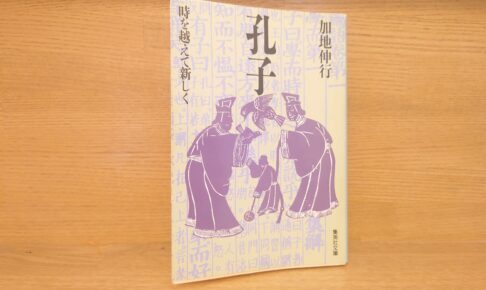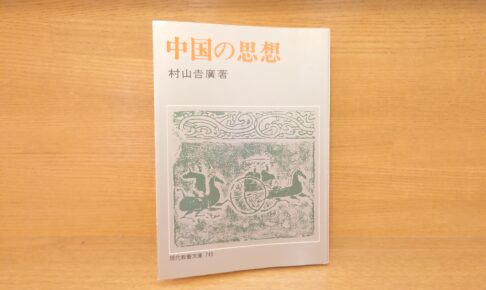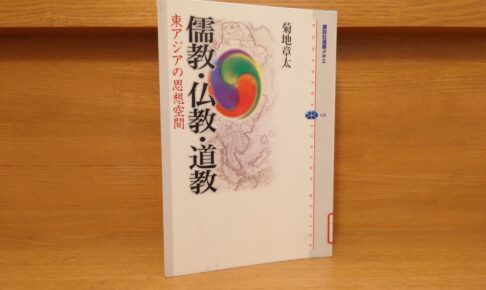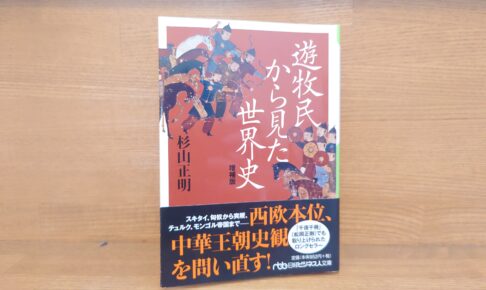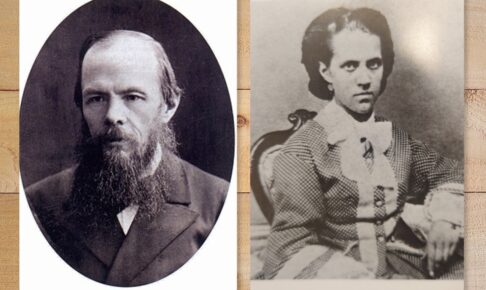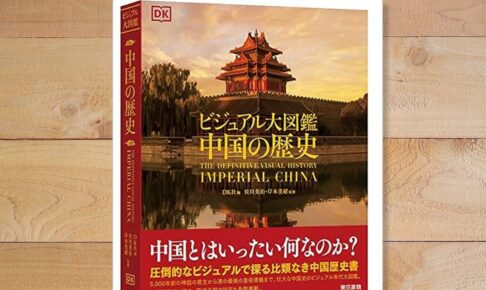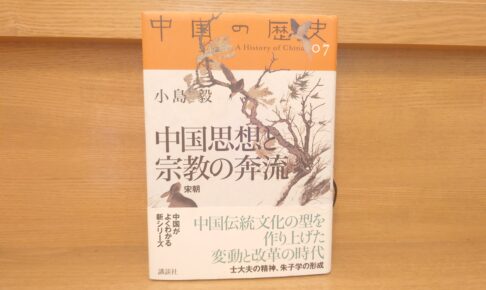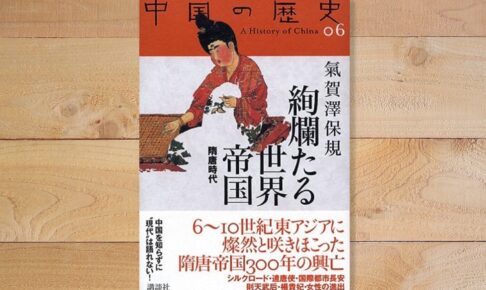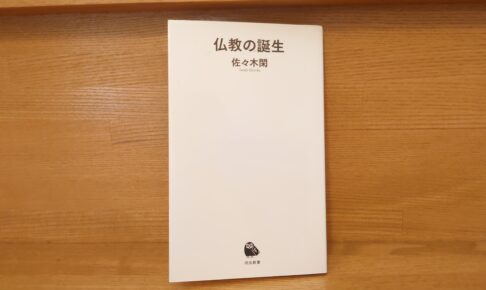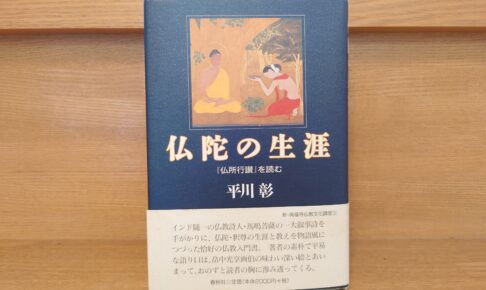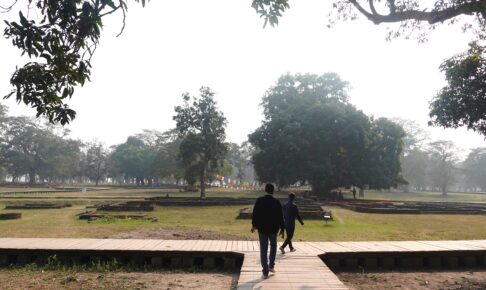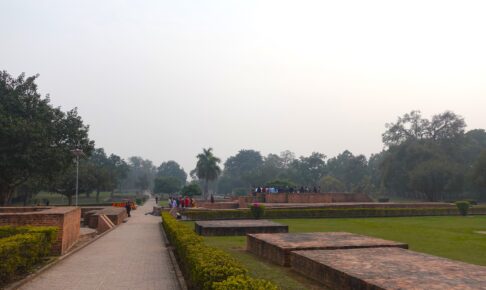Kaji Nobuyuki, "Confucius: New beyond Time" - A recommended biography that also details the origins and historical background of Confucianism!
This book is just interesting!
This book does not worship Confucius as a god, but rather explores Confucius as a "human being. Rather than deify Confucius and portray him as a saint, we carefully follow his life from the historical background. It is easy to understand why Confucius came into the world and why his teachings spread throughout China.
In this biography, we will see not only the very man Confucius himself, but also the times in which he lived. It is very exciting to learn what Confucius wanted and what he suffered from. The author's narration is excellent and the book is extremely easy to read.












